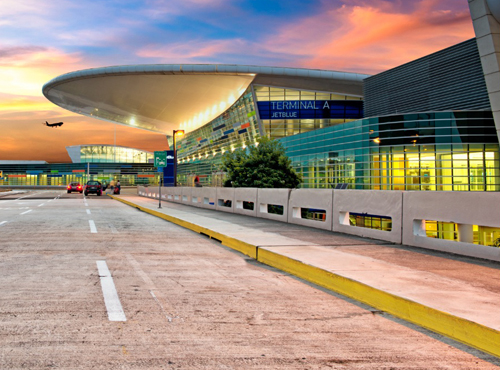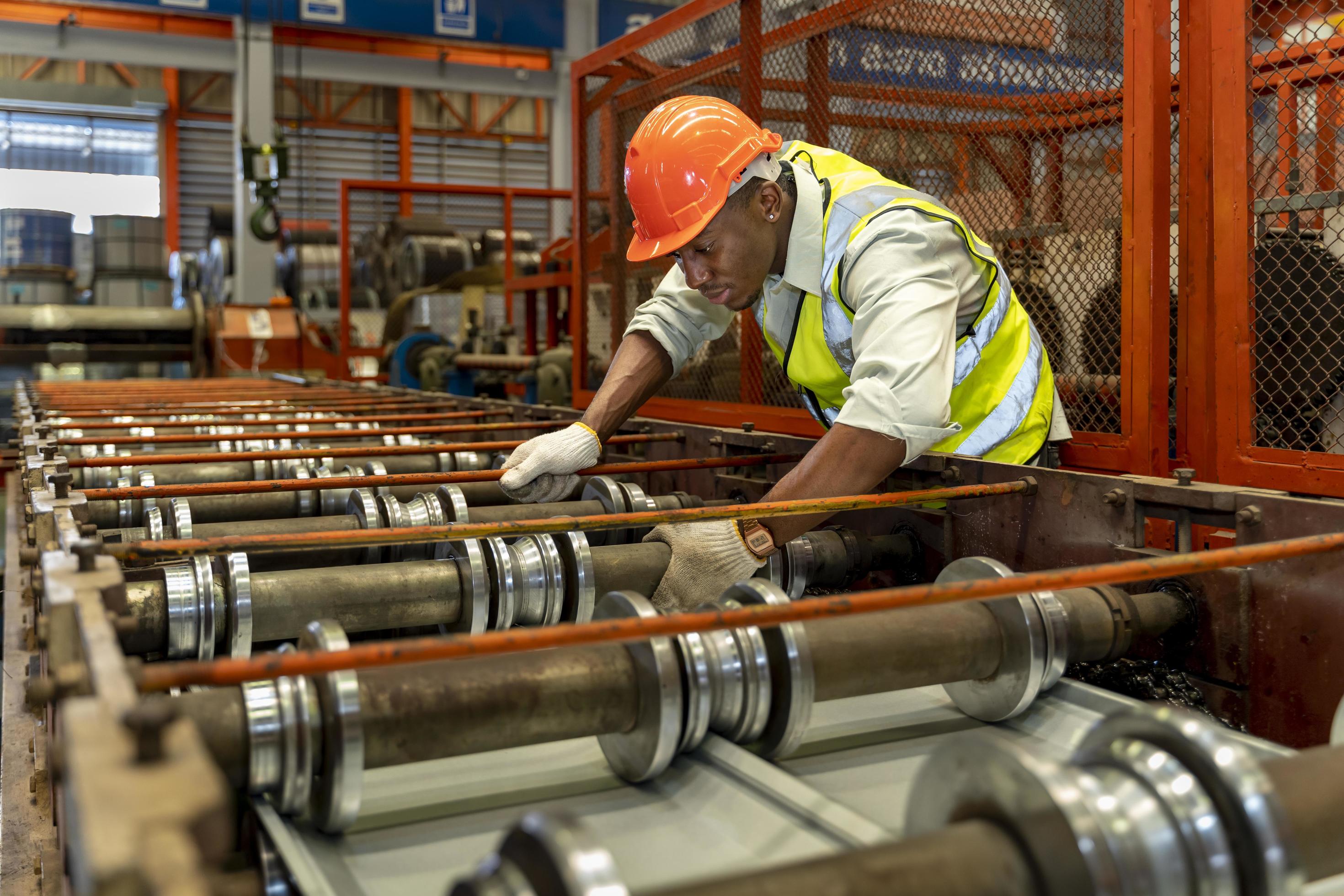
The name José Luis Alberto Muñoz Marín is one that is revered in Puerto Rico. Born in February 1898, he was a poet, journalist, politician and statesman, and to this day remains regarded as both the “Father of Modern Puerto Rico” and the “Architect of the Commonwealth”. In 1948 Marín became the first democratically elected Governor of Puerto Rico and went on to spearhead an administration that would become lauded internationally for engineering significant economic, political and social reforms that immensely benefited the territory.
Today the name Luis Muñoz Marín adorns Puerto Rico’s largest international airport. Located in the area known as Isla Verde, construction of the airport was authorised by Marín himself in 1951. The decision to build it came in response to the changes occurring in the aviation sector at time, with many of the airlines that served Puerto Rico at the time upgrading their fleets from propelled to jet aircraft.
As well as ensuring the Caribbean nation would now possess a modern airport with a runway long enough to land jet aircraft, it would also become a major meeting point for tourism in Latin America as well as being a hub for air cargo. Furthermore, in addition to serving as an international airport it was also to become the home of the Puerto Rico Air National Guard.
The airport officially opened for business on 22 May 1955, taking its current name in 1985. In the three decades between the airport grew steadily to include three terminal buildings, a 200 space car park and a second runway, which was finished in 1972. Over the years the airport has been the hub for numerous Caribbean airlines, including Pan Am, Trans Caribbean Airways and Eastern Air Lines. It also acted as the headquarters of the first Puerto Rican international airline, Prinair, from 1966 until its demise in 1984.
Owned by the Puerto Rico Ports Authority, Luis Muñoz Marín International Airport is managed by Aerostar Airport Holdings, a public-private partnership awarded a lease by the government to operate and manage the airport for 40 years: the airport is today the busiest in the Caribbean by passenger traffic with over four million people boarding a plane there per year according to the Federal Aviation Administration. Today dozens of airlines continue to operate out of the airport. These include the likes of American Airlines, Air America, Air Canada, United Airlines, WestJet, JetBlue Airways and Delta Air Lines.
“On a typical day more than 100 flights take off and land at Luis Muñoz Marín International Airport where we service around 80 percent of Puerto Rican’s that travel back and forth from the US mainland or indeed further afield,” states Manuel Gutierrez, Commercial Director of Grupo Aeroportuario del Sureste, the Mexican company that holds a 50 percent stake in Aerostar Airport Holdings alongside Highstar Capital. “Meanwhile, those visiting Puerto Rico are predominantly tourists coming to enjoy the yearlong good weather, our wonderful beaches and generally to get away and relax.”
Puerto Rico’s desire to capitalise on growth within the tourist sector, and also the business sector for that matter, can be felt throughout the territory and this includes Luis Muñoz Marín International Airport itself. The public-private partnership deal that formed part of the agreement for Aerostar Airport Holdings taking managerial control of the airport in February 2013 included a call for the company to invest approximately $1.4 billion over the 40-year life of the lease in order to solidify it as a world-class aviation gateway. It is hoped that this level of investment will not only consolidate the airport as the principal facility serving the Caribbean but also allow Puerto Rico to compete with the 30-odd islands in the region that offer tourism.
This past October Aerostar Airport Holdings announced its intention to invest $240 million on renovations to its terminal buildings, with upgrades to terminals B and C marking the first large-scale works to the airport since the company took over operations. These works follow on from other improvements made since 2008, which include the introduction of terminal A and the installation of new light systems, press conference rooms and various new retail and food outlets.
“We are currently hard at work implementing a lot of changes throughout the airport, particularly when it comes to terminals B and C where we are doing things like increasing the size of check in areas, making parts of the building that were previously too narrow wider in order to increase accessibility for passengers,” Gutierrez continues. “Meanwhile we are also constructing a new security checkpoint that will have as many as twelve access points, which we expect to have up and running by the end of this year.”
There is unquestionably much work to be done, what with countless supplementary tasks needing completing as well, from re-flooring the terminal buildings to installing air conditioning units, electrical systems, lighting and scanning technology. Nevertheless, Gutierrez recognises that the results of this work will be of massive benefit to all concerned.
“While the aforementioned tasks involve a great deal of time, effort and investment, what it will mean is that we end up with what will almost be a whole new airport, one fit for the modern world,” he concludes. “In terms of passenger volumes and traffic we are rated at around number twelve in Latin America. What we are focused on doing is challenging those at the top of the list, airports that are handling anywhere up to twelve million people per year, in the not too distant future. We realise that to do that we need to achieve that is increase our capacity, which means increasing expenditure, and we feel that is something we can make happen, while at the same time establishing this as the best airport in the Caribbean in terms of service, quality and passenger satisfaction.”
Written by Will Daynes, research by Abi Abagun
DOWNLOAD
 LMM-Americas-T&L-May14-Bro-s.pdf
LMM-Americas-T&L-May14-Bro-s.pdf













